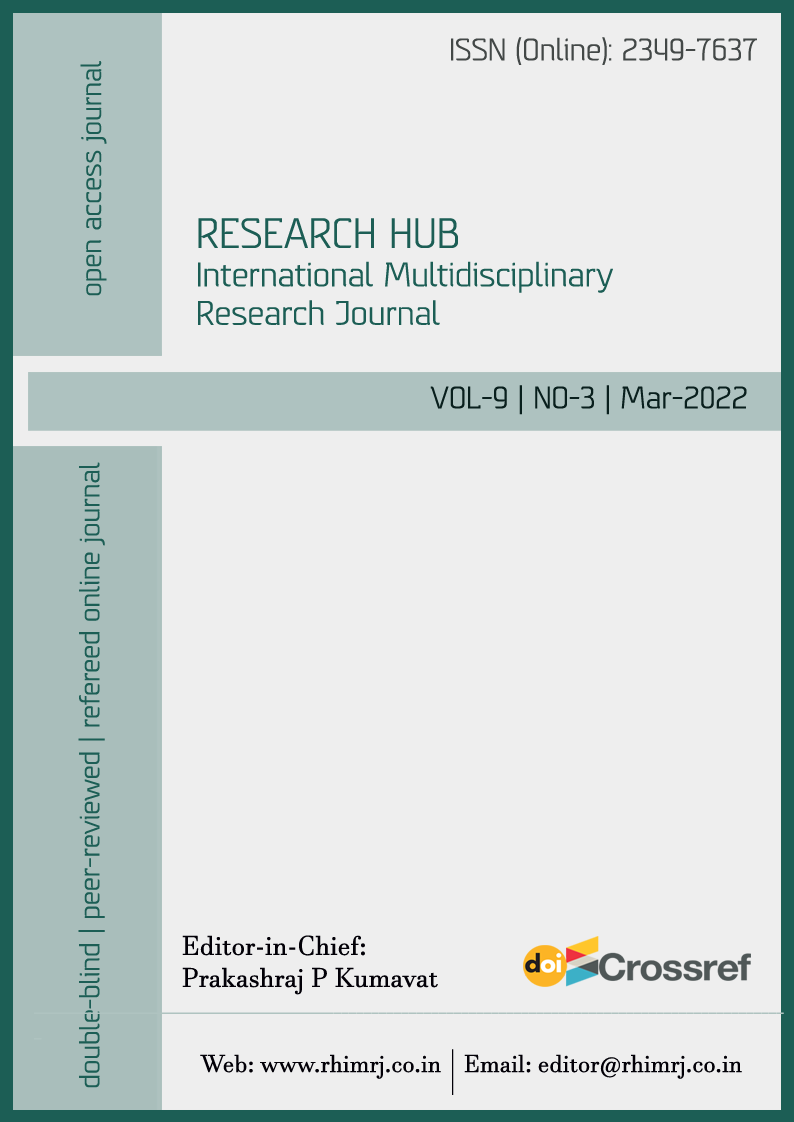Spatial Pattern of Literacy in Bhagalpur District (Bihar)
भागलपुर जिला (बिहार) में साक्षरता का स्थानिक-कालिक प्रतिरूप
DOI:
https://doi.org/10.53573/rhimrj.2022.v09i03.006Keywords:
Indicator, metaphor, intended, spatio-temporalAbstract
Literacy is an indicator of social development and quality of human life. It is a metaphor of social development which accelerates the pace of economic development along with social development in an area. Literacy has an important role for the progress of backward society. In the view of population geographers, literacy, despite being the social aspect of the population, is such a qualitative fact that indirectly indicates the changing socio-economic trends on a regional basis. The intent of the present article is to analyze the regional distribution and spatio-temporal trends of literacy in a developing region.
Abstract in Hindi Language:
साक्षरता सामाजिक विकास एवं मानव जीवन की गुणवत्ता का सूचक है। यह सामाजिक विकास का एक रूपक है जो किसी क्षेत्र में सामाजिक विकास के साथ-साथ आर्थिक विकास की गति में तीव्रता ला देती है। पिछड़े समाज की उन्नति हेतु साक्षरता की महत्वपूर्ण भूमिका है। जनसंख्या भूगोलवेत्ताओं की दृष्टि में साक्षरता जनसंख्या का सामाजिक पक्ष होते हुए भी ऐसा गुणात्मक तथ्य है जो क्षेत्रीय आधार पर परिवत्र्तनशील सामाजिक-आर्थिक प्रवृत्तियों की ओर अप्रत्यक्ष रूप में संकेत करता है। प्रस्तुत आलेख का अभीष्ट एक विकासशील प्रदेश में साक्षरता के क्षेत्रीय वितरण तथा स्थानिक-कालिक प्रवृत्तियों का विश्लेषण है।
Keywords: सूचक, रूपक, अभीष्ट, स्थानिक-कालिक



